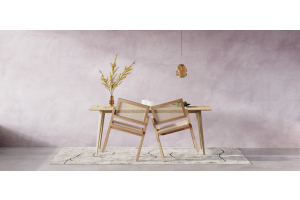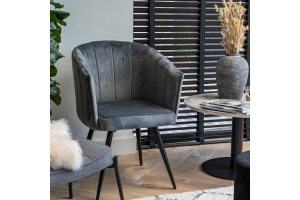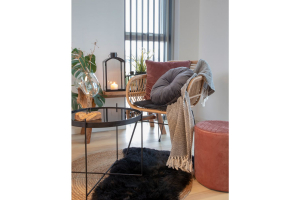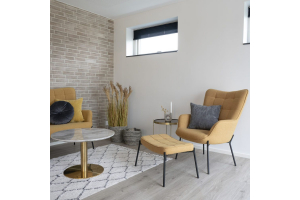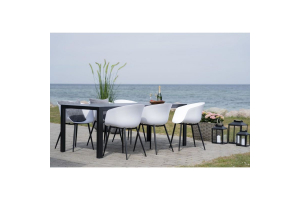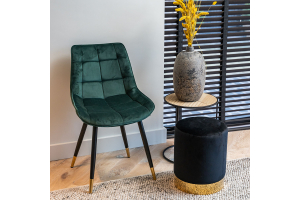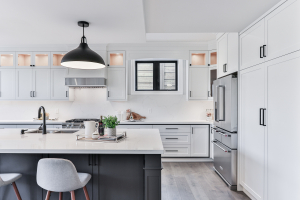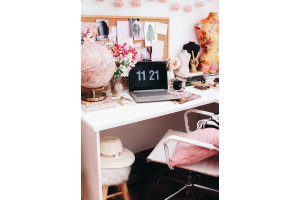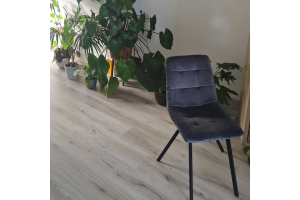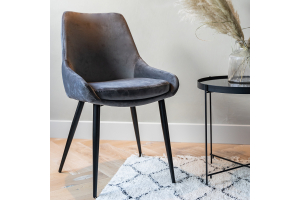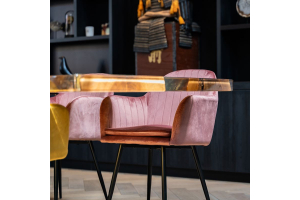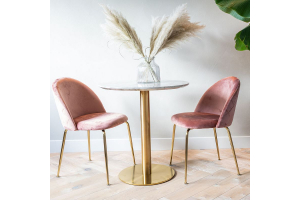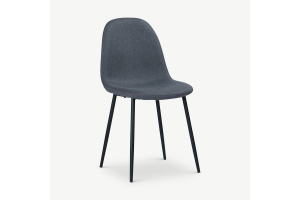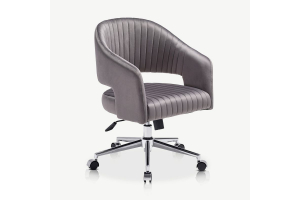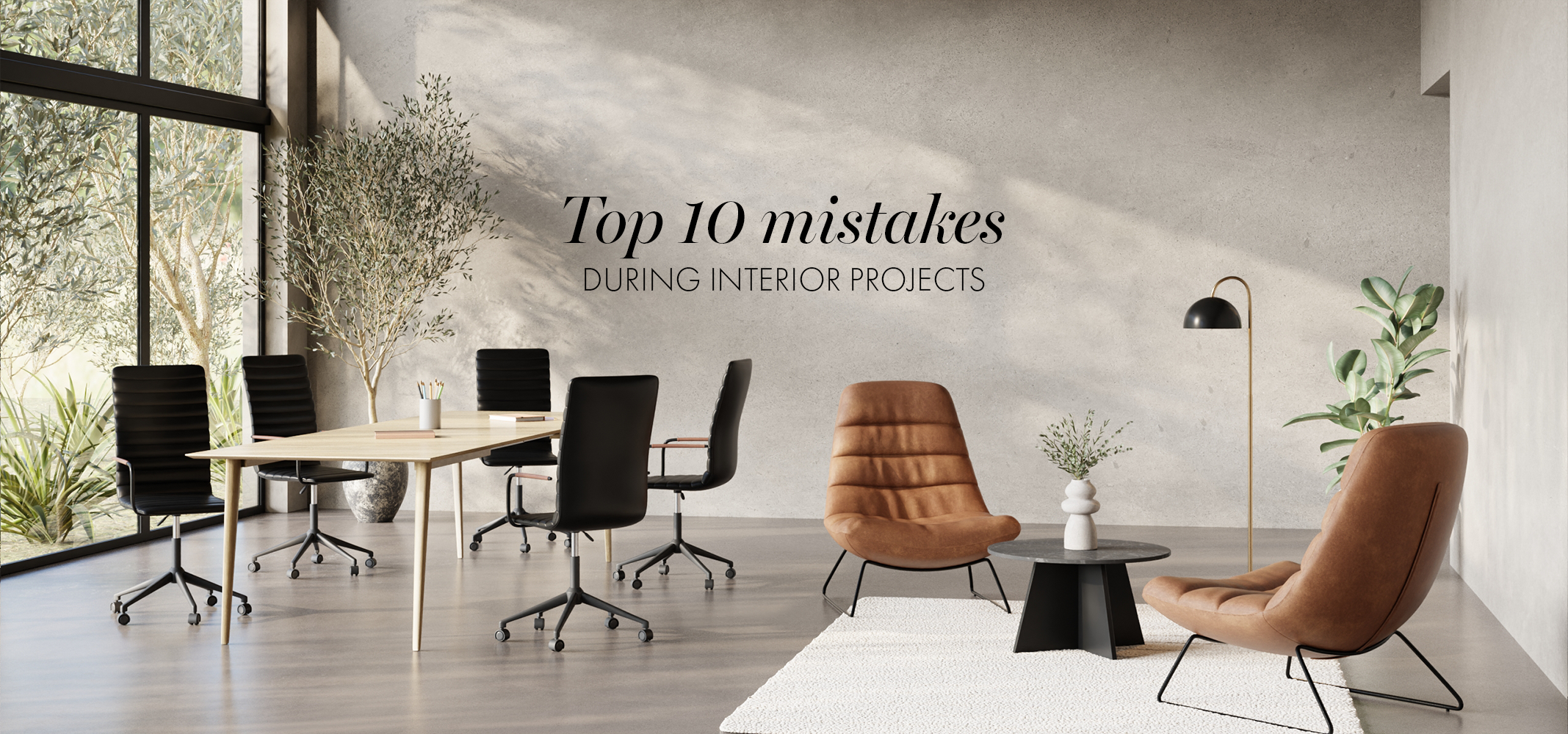
As part of the Furnicher team, our collective experience spans across numerous projects, each presenting its own set of challenges and successes. Through our partnership with various designers, we've gained valuable insights into the common pitfalls encountered during interior projects. In this article, we aim to share these insights to help our colleagues navigate their projects more effectively.
#1 Disregarding Budget Constraints
Designers often overspend or overlook budget constraints, enticed by extravagant ideas and premium materials. However, it's crucial to prioritise within the client's budget, setting clear parameters and focusing on items that enhance the design's overall impact while respecting financial limitations.
#2 Overlooking Material Sustainability
In the rush of selecting furniture pieces, designers may forget to prioritise sustainable materials and long-term durability. It's crucial to consider environmental impact and product lifespan to ensure designs are both eco-conscious and built to last.
#3 Overlooking Client's Evolving Needs
Even seasoned designers may overlook clients' evolving needs, designing spaces based solely on current requirements and missing future changes. Ongoing client communication is vital to detect shifts in priorities or lifestyle, ensuring designs remain relevant and adaptable over time.
#4 Underestimating Space Planning
Meticulous space planning is crucial in interior design, ensuring functionality meets aesthetic appeal. However, even seasoned professionals may overlook this step, leading to cramped layouts. Prioritising space planning early guarantees optimal flow and usability.
#5 Failing to Research Products
Shopping for materials and furnishings is crucial in any interior project, yet rushing through this process can lead to costly mistakes. Failing to research products thoroughly may result in incompatible items or budget overruns. Take the time to compare, read reviews, and request samples for informed purchasing decisions.
#6 Neglecting Project Management
Effective project management is essential for keeping interior projects on track and within budget. Many designers make the mistake of overlooking this aspect and end up facing delays, communication breakdowns, and cost overruns. Invest in project management tools and establish clear communication channels with clients, contractors, and suppliers to ensure smooth project execution.
#7 Underestimating Lead Times
Another common mistake designers make is underestimating lead times for materials and furnishings. Failing to account for lead times can result in project delays and disruptions to the construction timeline. Always check the availability and lead times of products before specifying them in the design, and factor in buffer time for unexpected delays.
#8 Sacrificing Function for Aesthetics
While aesthetics are undoubtedly important in interior design, many designers make the mistake of prioritising form over function. Sacrificing functionality for the sake of aesthetics can result in impractical and uncomfortable spaces that fail to meet the client's needs. Strive to strike a balance between form and function, ensuring that the design is both visually appealing and practical for everyday use.
#9 Overlooking Lighting Design
Lighting plays a crucial role in setting the mood and enhancing the ambiance of interior spaces, yet it's often overlooked or underestimated by designers. Many make the mistake of relying solely on overhead lighting or insufficiently considering natural light sources. Pay attention to lighting design early in the planning stages, incorporating a mix of ambient, task, and accent lighting to create a well-lit and inviting environment.
#10 Skipping Final Inspections
A common mistake made towards the end of interior projects is skipping final inspections. Rushing through this critical step can lead to overlooked defects, quality issues, and incomplete installations. Take the time to conduct thorough inspections before finalising the project, ensuring that all aspects meet the agreed-upon standards and specifications.
In conclusion, interior design projects present a myriad of challenges and opportunities for designers. By avoiding these common mistakes and adopting a proactive and meticulous approach, designers can ensure successful outcomes that meet their clients' expectations and elevate their professional reputation. Let's learn from these insights and strive to deliver exceptional interiors that inspire and delight.
 8000+ TRUSTPILOT REVIEWS
8000+ TRUSTPILOT REVIEWS


 EN
EN DE
DE FR
FR NL
NL DK
DK SE
SE

